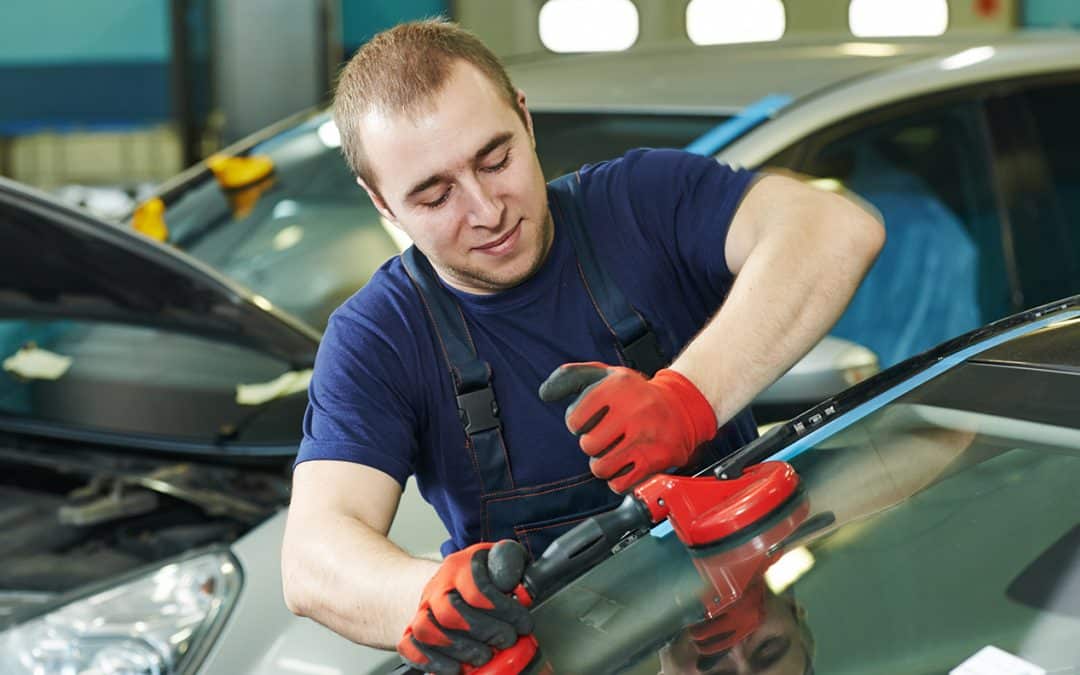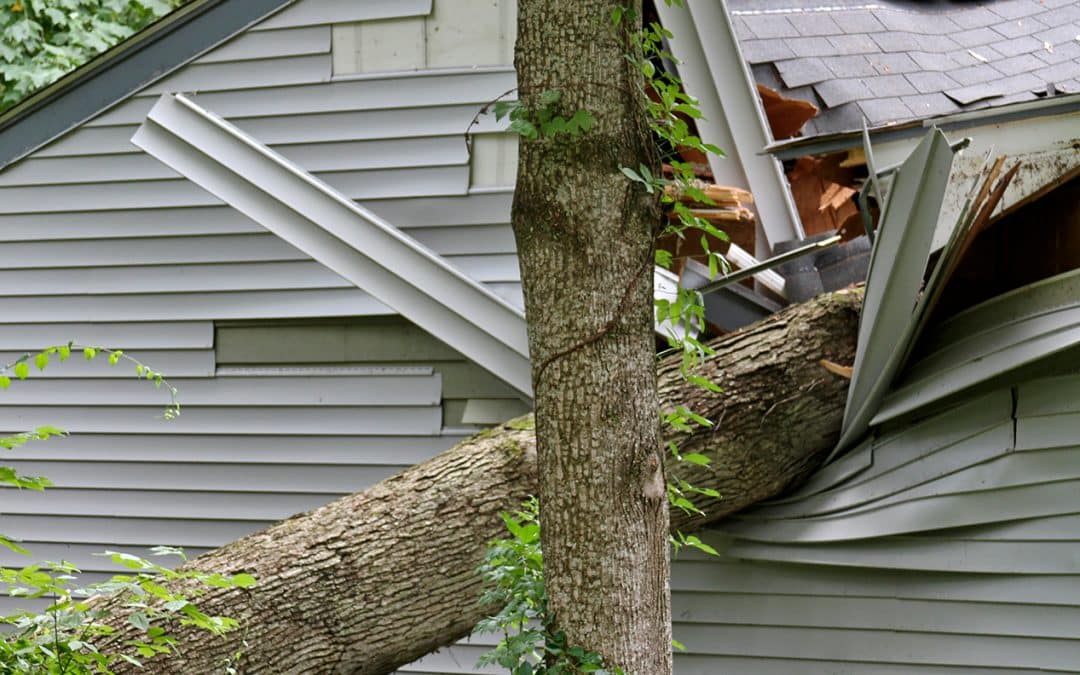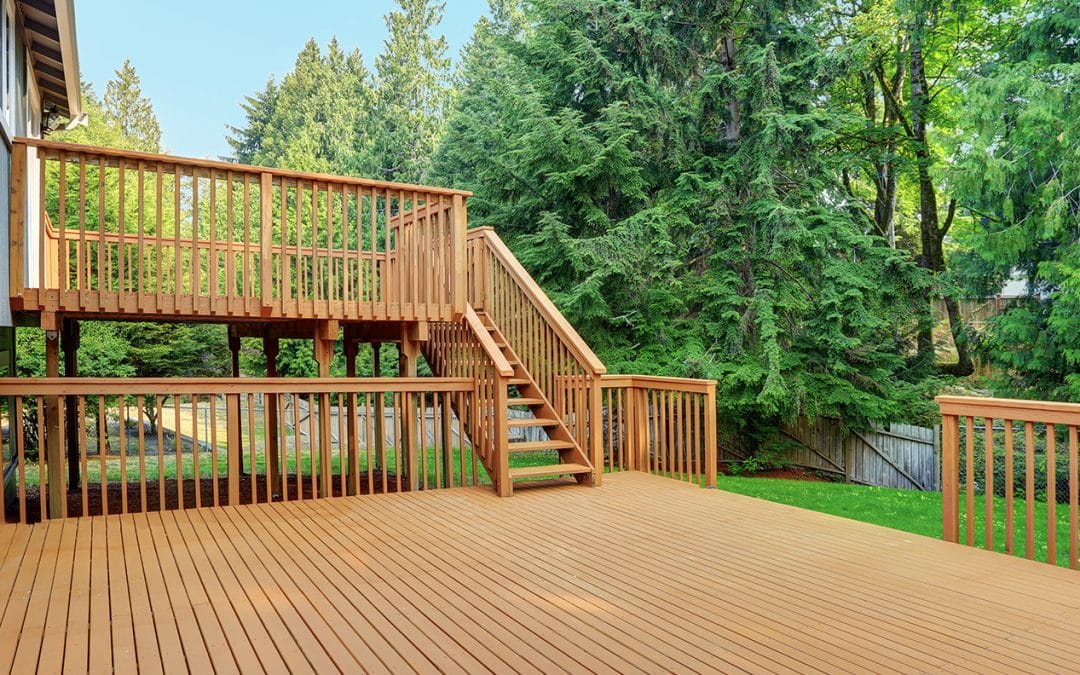As a car insurance company, we’re all about being helpful and human. Because of that, we also want to arm you with the knowledge of what to do in frequent driving situations and tips for doing some basic maintenance on your car. One of those situations is jump starting a car.
At some point, you’ll go out to start your car and just hear a click or the engine turns over SLOWLY but won’t start. Did you leave something plugged in to your car or maybe a car door was left open draining the battery overnight? The average car battery lasts about four years under normal conditions. Unless you have a mechanic that stays on top of your car’s maintenance, the battery is something easily forgotten as long as it’s working. That is until it’s not.
Having to jump start your car at some point in your life is a rite of passage as a driver in a way. The key is knowing what to do and having the right tools to get the car started again.
- Find a friend who is willing with a working vehicle that can give you a jump. Then take your jumper cables out or if you don’t have any, hopefully your friend has some you can borrow.
- Pull the working vehicle up to the car with the dead battery. Park the cars nose to nose so the jumper cables will be able to reach both batteries. Then place both vehicles in Park or Neutral and make sure the cars are shut off. It’s a good idea to put on both parking brakes as well.
- Attach one of the red clips to the positive terminal of your battery. The positive terminal will be marked with the letters “POS”, a “+” mark on it, or it’ll be larger than the negative terminal. If in doubt, check your owner or the battery manufacturer’s manual.
- Fasten the other red clip to the positive terminal of the working car battery.
- Next, attach one of the black clips to the negative terminal on the working car battery.
- Finally, attach the last black clip to the frame or an unpainted metal surface on your car that isn’t near the battery. A good example of this would be the one of the metal bars that holds your hood open.
- Once you’ve double checked to make sure all of the cables are properly connected, go ahead and start the working vehicle and let the engine run for a few minutes.
- After the working car has been running for a few minutes, try to start your vehicle. If it doesn’t start, keep all the jumper cables connected and let the working vehicle continue running for five more minutes. Then try again. If it still won’t start, your battery may be beyond help.
- If the jump works and your car starts, don’t shut off your engine! Drive around for at least 15 minutes so your car can recharge your battery. If the car won’t start the next time you use it, the battery isn’t holding a charge and likely needs to be replaced.
Hopefully you’ll never need to jump start your car, but it’s always better to be prepared and know how to do it. Don’t forget to also make sure you have the correct coverage on your auto insurance in Massachusetts with MAPFRE. Get a fast, free quote today to see how much you could save!



